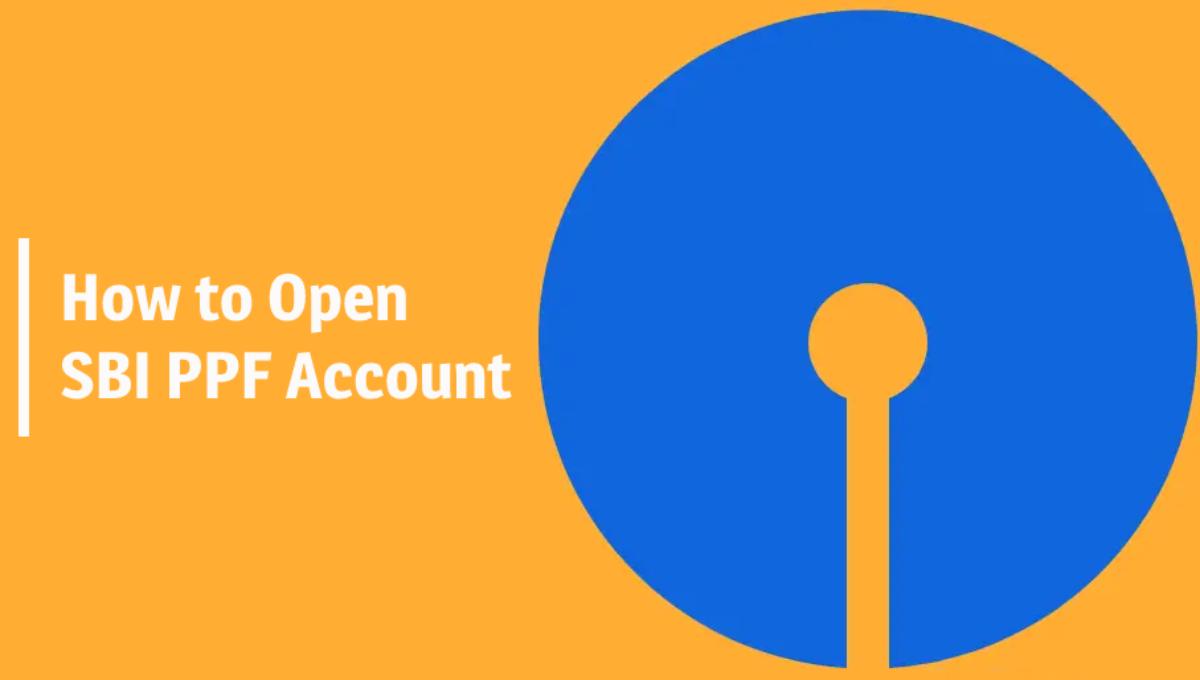Every working professional comes across a provident fund. All provident funds are savings schemes categorised based on their name, which helps create a substantial corpus for post-retirement life. There is EPF, which stands for Employee Provident Fund, while GPF stands for General Provident Fund. The GPF is available only for government employees. On the contrary, EPF is available for all employees in the private sector. Thus, there are significant differences between GPF and EPF.
Difference Between GPF and EPF
| Parameters | GPF | EPF |
| Eligibility | Only government employees | Only organised sector employees |
| Interest Rate | 7.1% p.a. | 8.15% p.a. |
| Minimum Contribution | 6% of employee’s salary | Since April 2021, 10% of employee’s salary. Earlier it was 12%. |
| Maximum Contribution | 100% of employee’s salary | Anything above 12% has to be contributed to VPF |
| Maturity period | Till retirement | Till the age of 58 years |
| Premature Closure | On resignation or suspension of government service | 2 months of unemployment of subscriber |
| Loan Facility | Available anytime during the service | No loan facility, only partial withdrawals allowed |
| Managed by | Department of Pension and Pensioner’s Welfare under the Ministry of Personnel, Public Grievances, and Pensions. | Employees Provident Fund Organisation (EPFO) under the Employees Provident Fund and Miscellaneous Provisions Act, 1952. |
Contributions
- All government employees must contribute a minimum of 6% of their salary towards GPF. The maximum contribution can be 100% of their salary. Also, contributions can be stopped only in case of suspension or retirement. Such contributions are usually stopped three months before retirement.
- Both employee and employer contribute to the employee’s EPF account. The standard contribution of both parties is 12% of their salary (basic + dearness allowance). However, per the new amendments in 2021, the government has reduced the EPF contribution to 10% for both employers and employees.
Loan Facility
- A government employee can avail of a loan from their GPF account anytime during their employment.
- In the case of EPF, the employee can avail of up to 50% of the EPF amount after seven years of service for marriage and education. Similarly, employees can avail loan up to 90% of the EPF amount after ten years of service for a home loan.
Tax Benefits
- GPF is a tax-free savings scheme. Hence, the contributions, interest earned and returns are exempted from tax under Section 80C of the Income Tax Act, 1961.
- The contributions in EPF account up to INR 1.5 lakh are eligible for tax deductions under Section 80C of the Income Tax Act, 1961. Also, if the subscriber withdraws the balance amount from the EPF account after five years of creation, it is exempt from tax.




























Show comments